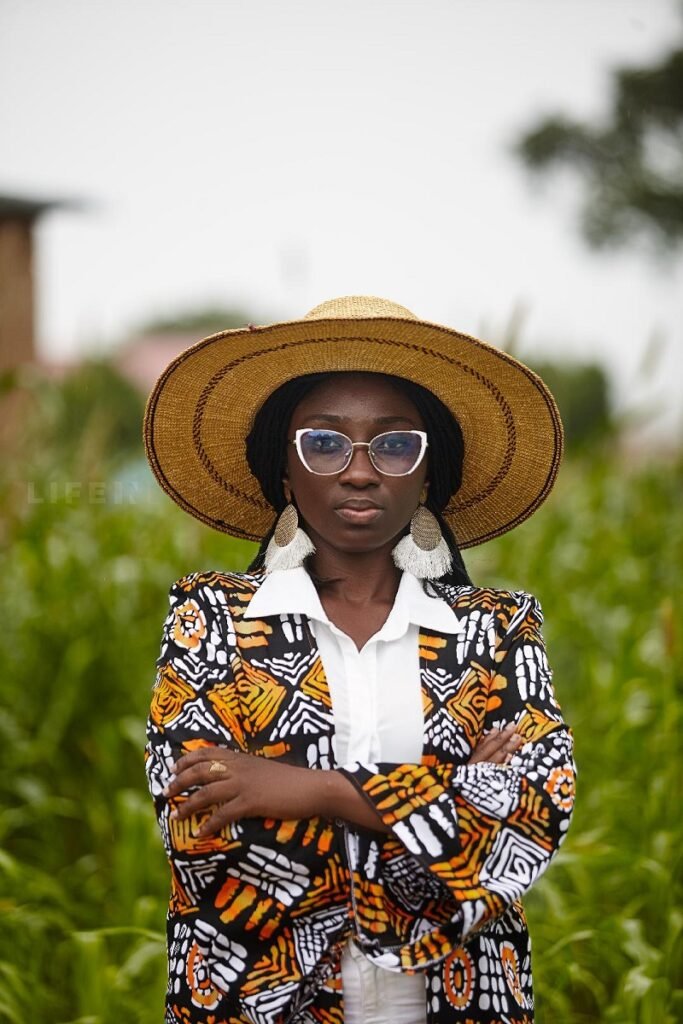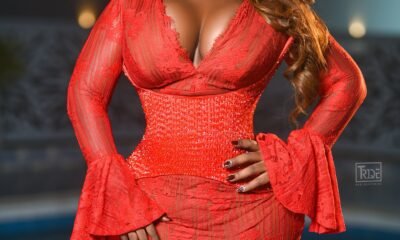Fashion
The crave for hourglass shape: How did we get here?

Ideals of Womanhood
Since time immemorial, womanhood, has been a subject of intense interest and debate. From both the women themselves, and men.
Across cultures and eras, there’s an ideal womanhood that has been pursued, yet never reached.
One thing that’s worth noting is that the quest to get in shape is NOT a modern drive. It has ancient roots. Let’s have a cursory glance into the past.
Corset and the Woman
Today, corsets are flexible, tools made from body-friendly materials, making it possible to be worn all day. But corsets have not always been so flexible.
Back in those days, hundreds of years ago, corsets were rugged and stiff. And they were made for the upper class women. Only they had the money and social space to wear corsets.
In those days, these women wore corsets to get the right shape for the pleasure of their husbands. These husbands were not ordinary men. They were emperors, emirs, kings, noble princes, distinguished gentlemen of the king’s court, etc. These were “somebodys”.
And there were disastrous side effects. A lot of these women had their ribs destroyed by the corsets!
Our Time
With this background, we now know that the women of today haven’t probably gone far enough, especially given the fact that getting in shape today is inspired by several noble ideals such as becoming healthier – excess fat in the body can facilitate the onset or worsening of cardio diseases such as hypertension.
The Fuss
So what’s the fuss all about? Where from the aggressive opposition to today’s women’s effort to get in shape?
Well, there are legitimate concerns. In those days, hundreds of years ago, the women didn’t get in shape to flaunt it to the public. Neither did they use their desirable shapes as means of livelihood.
Those women, as indicated already, were honourable “ladies” who had already gained nobility of a sort. Their quest for getting in shape did not destroy the dignity and sanctity of womanhood like we see today.
What now?
Whereas the quest to get in shape shouldn’t be branded as “an unnecessary, worldly” vanity, the women too must learn how to seek their desirables without tainting the image of womanhood.
Source: gh.opera.news
Fashion
A touch of smock to style up on Easter

Gone were the days when smock was worn only on occasions.
There was this perception that it can only be worn during engagements, weddings and festivals.
Interestingly, the Chief Executive Officer (CEO) of Avonsige has added new touches to the smock, making it a choice for all occasions.
With the new designs, the smock comes in forms of dresses, trousers, bubu dresses and skirts.





By Linda Abrefi Wadie
Fashion
Evolution of Hair Extensions: Closures and Frontals

The hair and beauty industry has witnessed remarkable advancements over the years, with evolving trends that enhance both aesthetics and versatility.
One of the most significant transformations in hairstyling is the shift from traditional weave-on extensions to modern closures and frontals.


In the late 1990s, weave-ons were the preferred choice for women looking to add length and volume to their natural hair.
However, with contemporary innovations, closures and frontals have emerged as the new standard, providing a seamless, natural appearance while allowing for greater styling flexibility.
These hairpieces have become an essential part of hairstyling for various occasions, including weddings, parties, religious gatherings, and other social events.
Understanding Closures and Frontals serves the common purpose of enhancing hair volume and styling options while creating a natural-looking hairline.


They differ in structure, coverage, and styling versatility:
Frontals: A frontal is a hairpiece that extends from ear to ear, usually measuring 13 inches in width and 4 to 6 inches in depth.
It provides a full hairline and allows for diverse parting styles, offering the illusion of a completely natural hairline.
Frontals are typically sewn onto bundles or used to construct full wigs, allowing for maximum styling flexibility.
Closures: A closure is a smaller hairpiece, often measuring around 4×4 inches, and is placed at the crown or front section of the head. Unlike frontals, closures offer limited parting space, making them suitable for more defined and structured hairstyles.

However, closures are low-maintenance and provide a realistic finish that seamlessly blends with natural hair.
These innovative hairpieces offer a more seamless and natural look, elevating confidence and allowing for versatile styling options.
As the industry continues to evolve, closures and frontals remain a preferred choice for women seeking sophisticated, stylish, and convenient hair solutions.
By Georgina Boadiwaa Ntim







